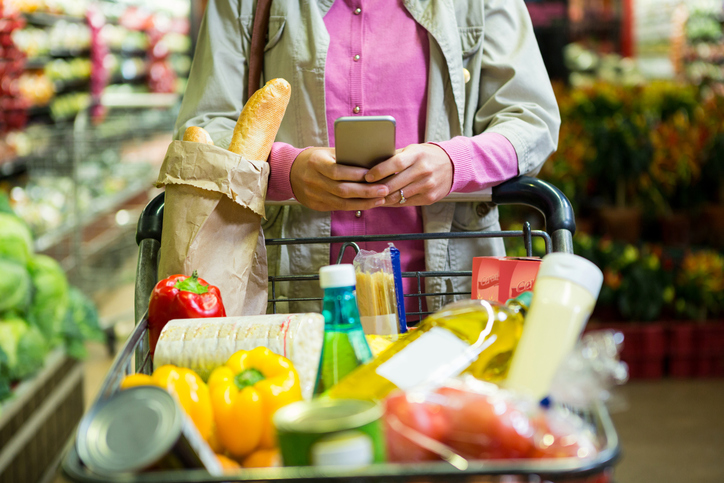Feeding yourself and your family is a vital part of daily life. How much does that get upended when you move abroad?
Busy executives may find themselves dining out or buying take-out food. But many families find that continuity of a family meal anchors each day and brings family members together to share experiences with regular frequency.
So, how do you fill your pantry in a foreign country? Expatriates typically have questions like:
* What kind of food can I find in my new neighborhood?
* How about variety, freshness, availability, and price?
* Will I be able to find international ingredients?
* Can I meet the special dietary needs of my family?
* Are there non-traditional ways to food shop?
The process of finding housing often answers many of these questions. During the home search, newcomers get to know an area and can familiarize themselves with grocery options. Tapping into local knowledge helps in the quest to find unusual ingredients or elusive items. Ask colleagues, neighbors, or established expatriates for advice.
General practices — like needing to provide your own bags or finding that mobile payments aren’t accepted – can catch a newcomer unaware. It helps to educate yourself and set expectations.
For example, developing nations sometimes experience shortages. Residents are often advised to buy sought-after foods when they are available, since supply is unreliable and they may not be on the shelf by the next shopping trip.
Geography dictates other supply issues. Island nations are often known for wonderfully fresh seafood, but other items may be expensive to import or unavailable altogether.
The expat’s living situation can influence food access, too. If you live in a city with public transportation as your means of getting around, chances are you’ll shop more frequently – for smaller orders – than if you live in a suburb where it’s easy to fill your car with a month’s worth of staples at a warehouse store.
In a world where technology and convenience combine to provide an increasing range of services, many people turn to delivery options. As consumer comfort with food delivery has grown, so have the choices. Services range from the simple shopping list completed online and delivered by the local store to shipments of seasonal fresh items according to availability.
Grocery store meal kits are popular in places like Germany, France, Italy, Poland, Spain, the United Kingdom and the US. Both chilled and shelf-stable kits are available in many places. Busy families can also have meal kits delivered, with ingredients measured and recipe instructions for creating healthy dinners. Two examples are Hello Fresh and Marley Spoon, which operate in Europe and North America. Credit for this business model goes to Swedish innovators Linas Matkassa and Middagsfrid.
Ingredients lists and labels make it easy for people with food allergies to avoid certain dishes. Some services specialize in organic, gluten-free, or vegetarian meals.
The U.S. also has online behemoth Amazon getting into the grocery market, selling pantry items and promising fast delivery.
Every location is different. Any newcomer who plans to cook at home should plan to find out about the local grocery situation. Advance knowledge helps, as do recommendations from local contacts. Just think how comforting it will be to serve up your favorite meal in your new home abroad!
Written by Ellen Harris, GMS – Product Manager, Content Group


